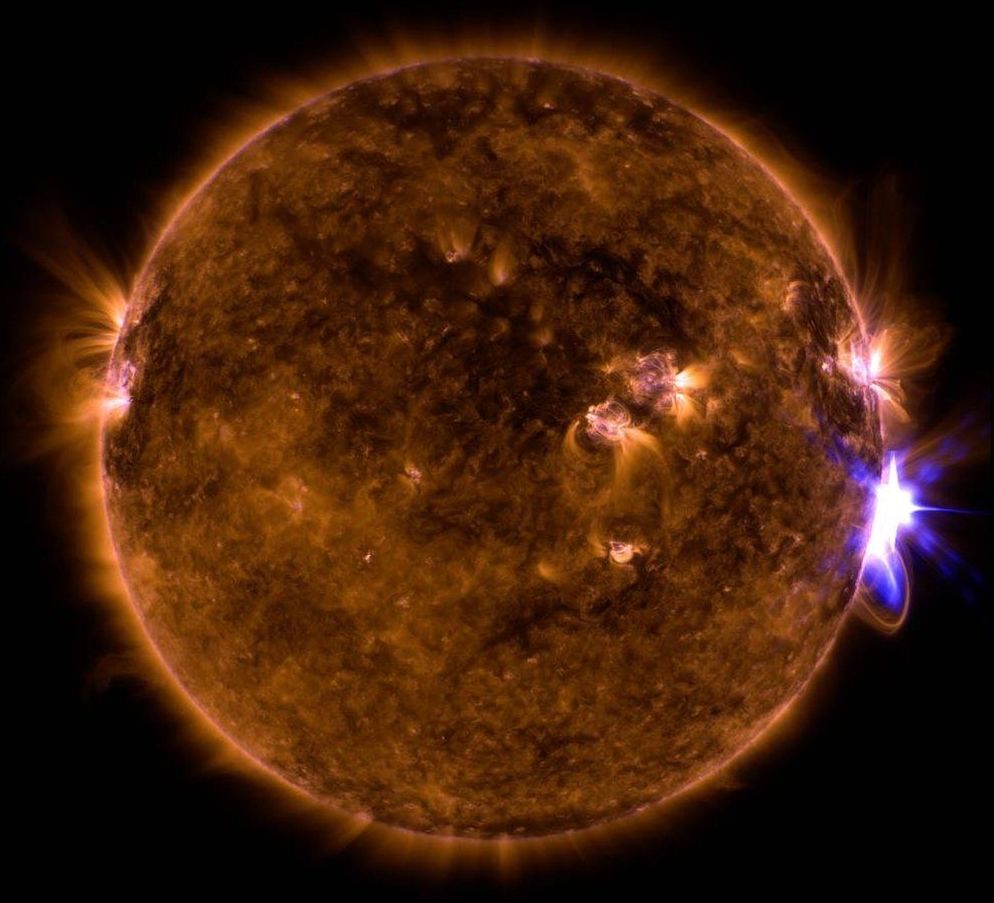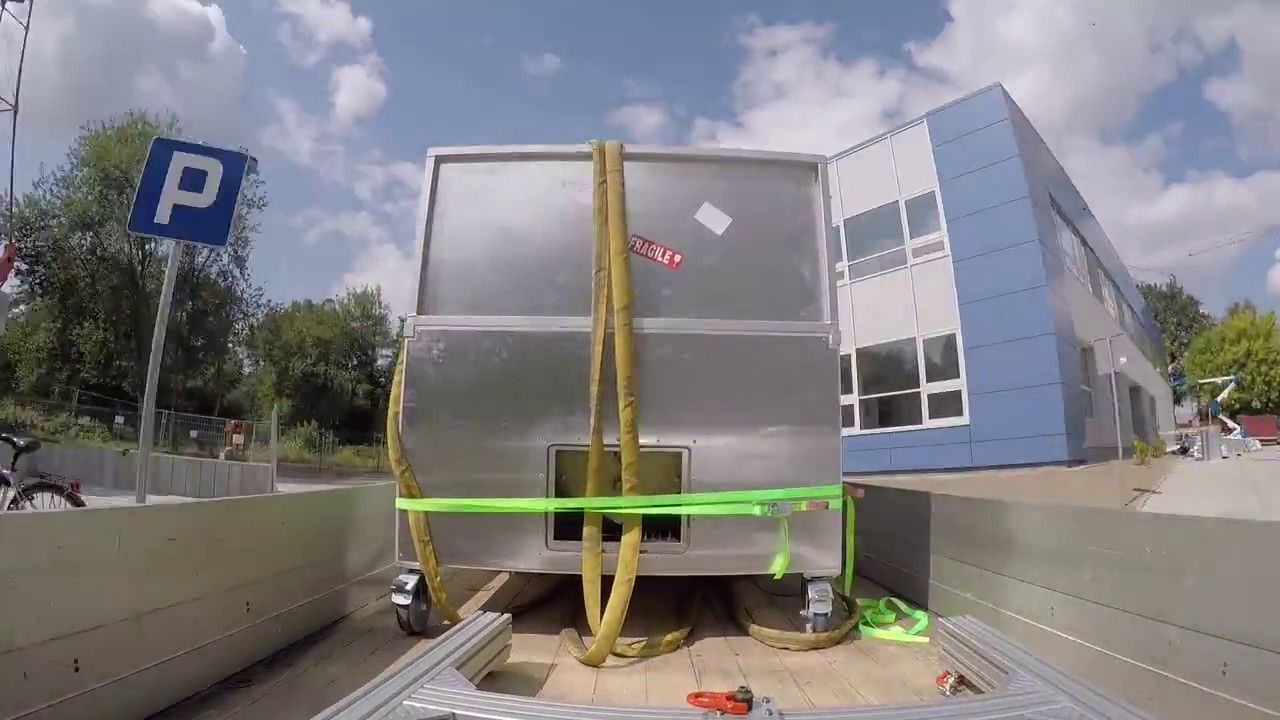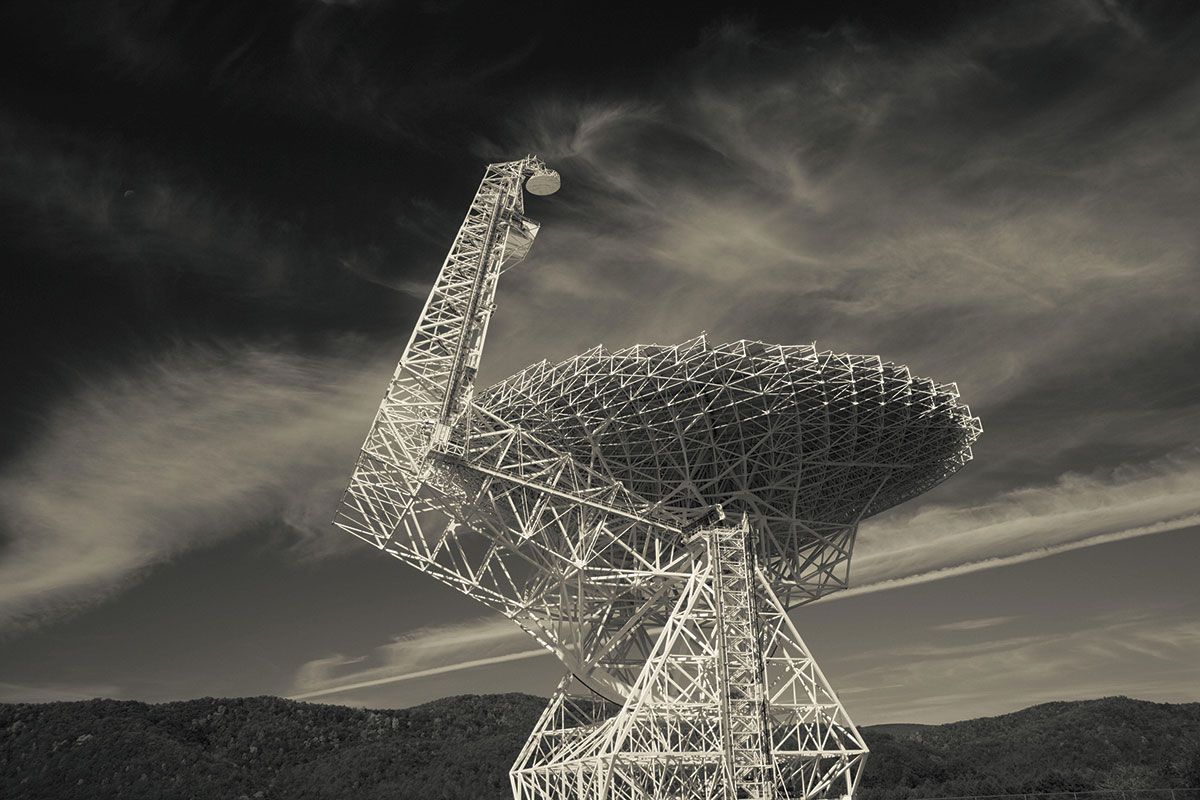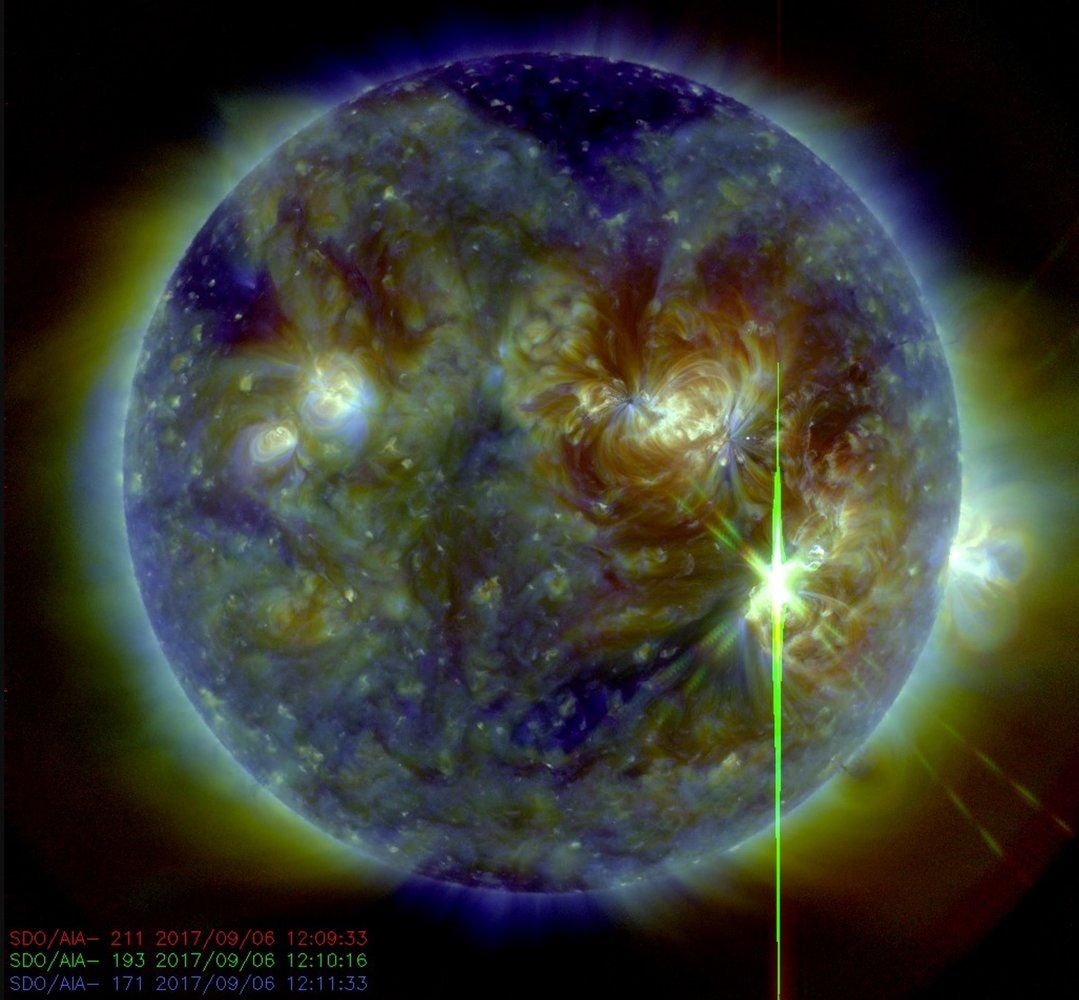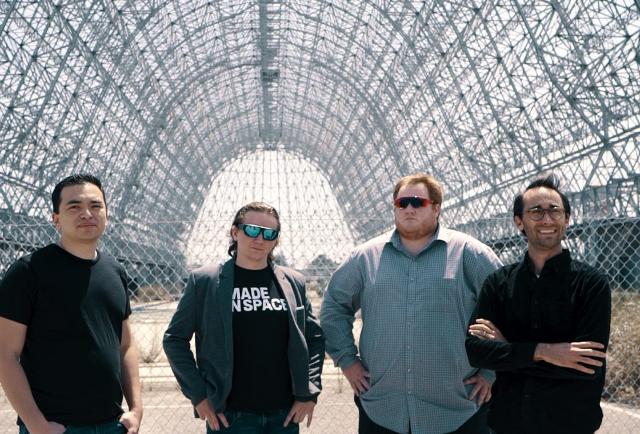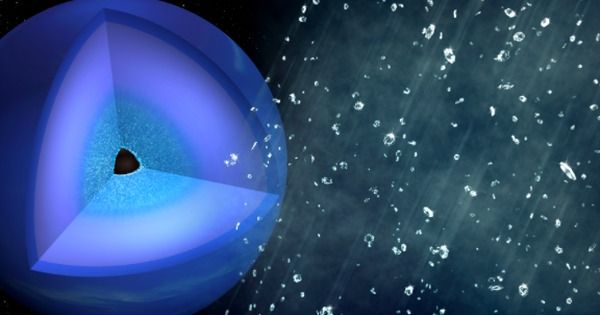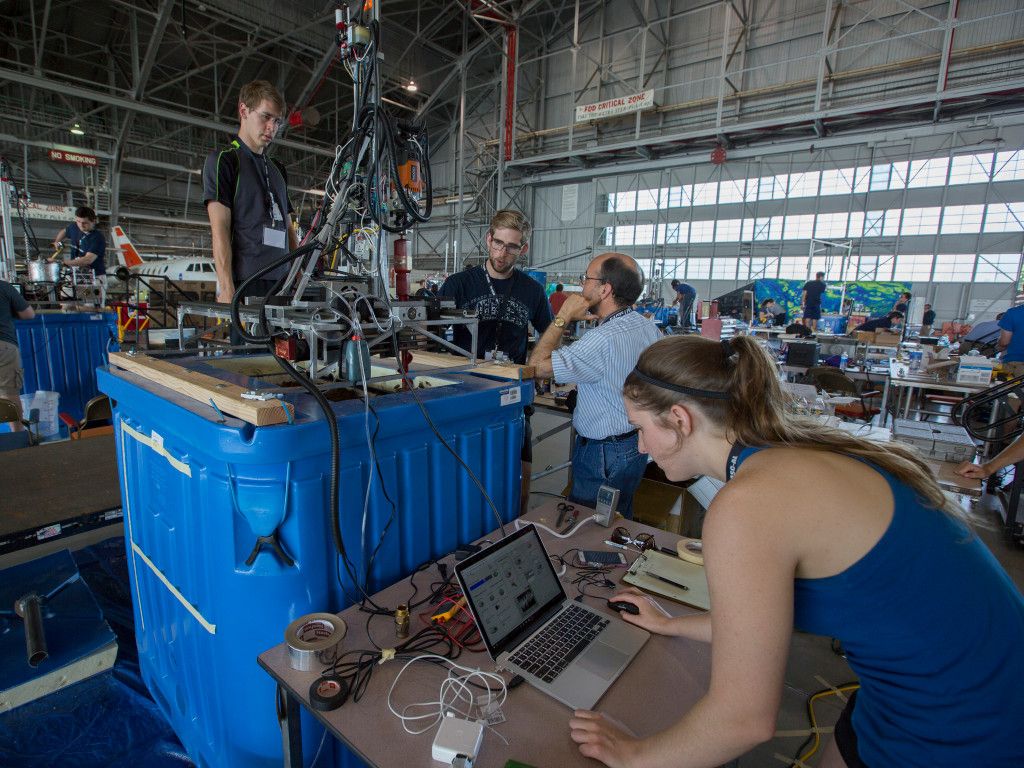Sep 12, 2017
Monster Solar Flare Marks 7th Powerful Sun Storm in 7 Days
Posted by John Gallagher in categories: energy, space
The sun fired off yet another powerful solar flare yesterday (Sept. 10), its seventh in seven days.
The flare, which peaked at 12:06 EDT (1606 GMT), covered North and South America in high-energy light. The National Oceanic and Atmospheric Administration’s Space Weather Prediction Center (SWPC) released a statement that warned of strong, high-frequency radio blackouts and navigation-system disruption, potentially lasting up to an hour.
Like the six other flares observed since Sept. 4, this one came from a sunspot known as Active Region (AR) 2673, which is currently turning away from Earth and will soon be out of sight.
Continue reading “Monster Solar Flare Marks 7th Powerful Sun Storm in 7 Days” »
